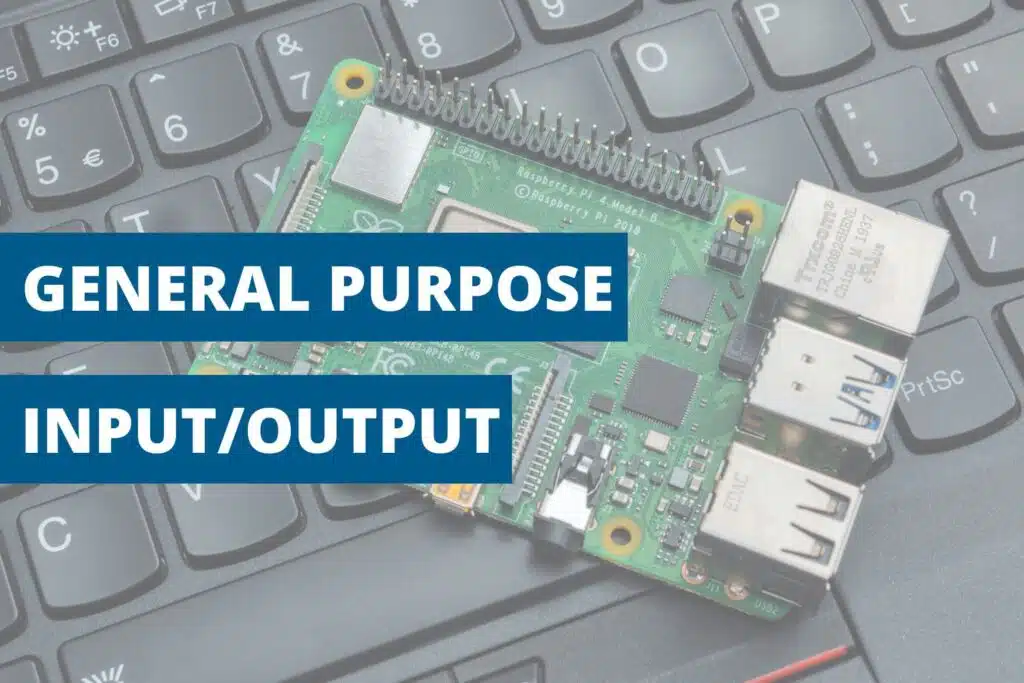05.11.2024

The abbreviation GPIO stands for "General Purpose Input/Output" and describes a universal interface that can be found on many computers and microcontrollers, including Raspberry Pi, industrial PCs and embedded boards. The pins can be configured as inputs or outputs to receive or output digital signals. Unlike specific interfaces such as USB or HDMI, GPIOs are very flexible and are suitable for a wide range of applications - from measuring a sensor signal to controlling a motor. The pins are particularly relevant in embedded technology, as they create an interface to the outside world and allow the computer to interact with its environment.
More detailed information about the interface here!
While GPIO focuses on the general flexibility in the configuration of pins as inputs or outputs, DIO, or "Digital Input/Output", refers to digital signals that are processed as binary values (high/low). DIO pins are therefore mainly specialized in detecting or switching digital states. In comparison, GPIO usually also includes analog signals and allows finer control over voltage levels and adaptation to different requirements in some applications.
The pins can have different states: either "High" (1) or "Low" (0). These states correspond to electrical signals that can be controlled by a software interface. The advantage is that the pins can be programmed to act as either an input or an output. This process is explained here for beginners.
The inputs receive signals, for example from a button or a sensor. Outputs, on the other hand, control external components such as LEDs or relays. This flexibility is particularly valuable for embedded and industrial PCs, as they can be programmed for a wide range of applications.
The possible applications in industrial and embedded systems are diverse and include areas such as
Some mini industrial PCs run on a Windows basis. In this context, the GPIO interface is controlled by special drivers and the operating system, which provides additional stability and security features. For developers who want to use GPIO under Windows, the official Microsoft site is a highly recommended resource. Here you will find instructions for configuring and programming GPIOs under Windows.
GPIO is one of the most valuable interfaces for industrial and embedded PCs and opens up a wide range of applications. The flexible input and output pins offer an easy way to communicate with external devices and control a wide range of functions. It plays a particularly important role in industry, where flexibility and adaptability are required.
If you are looking for a robust, versatile system for industrial or IoT applications, mini industrial PCs with the general purpose input/output interface are the ideal choice.
Thanks to the numerous possible applications and their adaptability, they are perfect for individual and specific requirements. Of course, our spo-comm Mini-PCs are also equipped with GPIO. If you are interested or have any other questions, please do not hesitate to contact us.

Machines that know when they need to be serviced before anything breaks down. Sounds like a dream of...

Although the vacation season was at its peak for us in September, we can shine with two new products...

Digital signage has long been much more than just static screens. In times of Industry 4.0, smart bu...
You need to load content from reCAPTCHA to submit the form. Please note that doing so will share data with third-party providers.
More Information